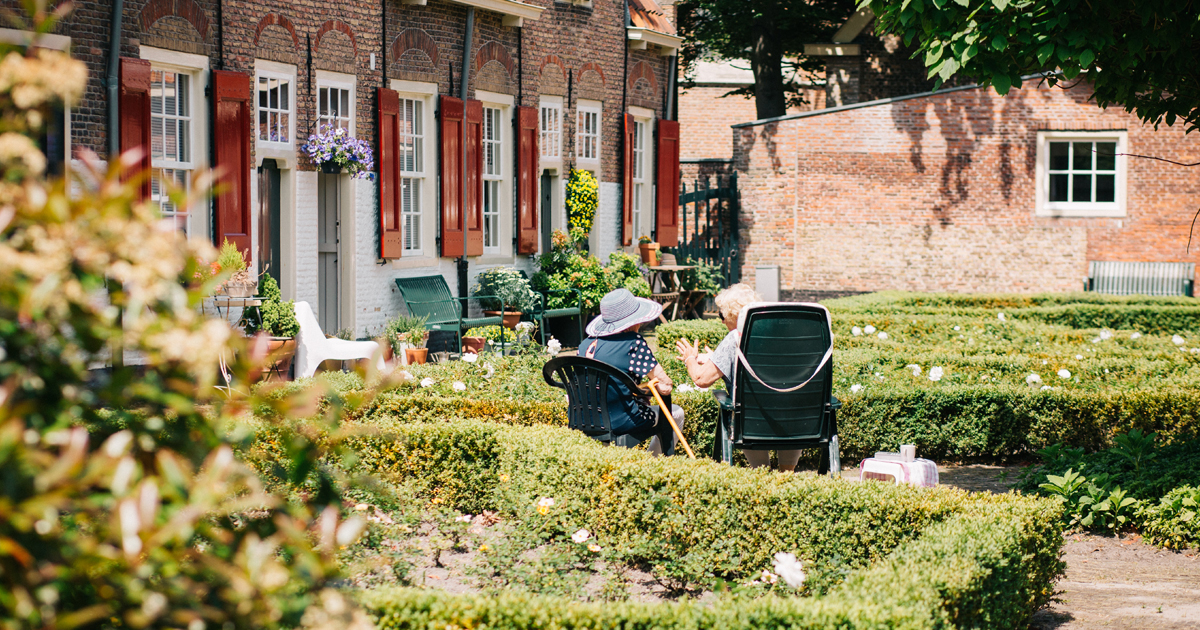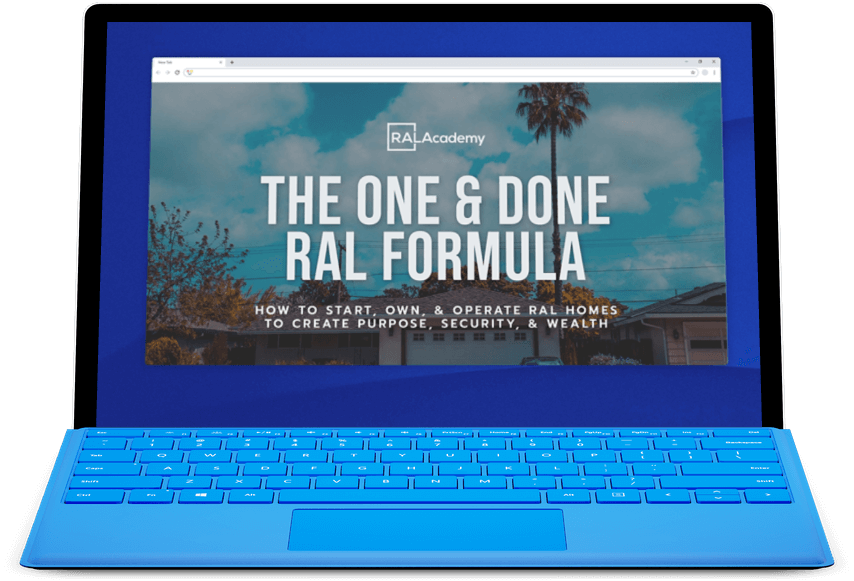There is a new normal in the senior housing industry that is forcing assisted living providers to rethink senior care. With the rising tide of baby boomers about 10,000 seniors are turning age 65 every day, and 4,000 seniors are turning 85 each day.
This means more senior housing is desperately needed, but here’s the catch, baby boomers have stipulations about where they plan to live.
Here’s what they do not want:
- Larger facilities that feel like death pits
- Huge nursing homes guided by the one-size-fits-all approach
- Big buildings that feel like hospitals and hospices.
There is an ongoing trend of seniors demanding senior care with a niche. Residential Assisted Living offers the smaller neighborhood-based homes that are in demand amongst today’s seniors. This is the new trend and the new normal that is sparking some serious waves in assisted living.
As a result, many entrepreneurs and investors are getting on board to help shape the future of quality senior care, while also creating generational wealth.
SMALLER RESIDENTIAL ASSISTED LIVING HOMES SAVE LIVES
In a few short months, COVID-19 has turned the assisted living industry inside out. It exposed the unforeseen cracks in senior care.
Despite frequent disasters of senior abuse in nursing homes and other big box facilities, no amount of media attention had an impact on the problem.
The rapid rise of deaths due to COVID-19, generated a strong need for smaller care homes.
The pandemic plagued big box facilities with a devastating reputation as “death traps.” The residential assisted living industry has known for years that smaller senior homes save lives. This current pandemic has shown the world how critically important it is to move away from large crowded facilities to smaller boutique homes.
How will the senior living industry adjust to the new normal of smaller neighborhood homes?
How do we create a system that is more humane, trustworthy, accountable, equitable, economical, integrated and resilient?
Instead of perpetuating a broken system, Gene Guarino of the Residential Assisted Living Academy has created a model that works.
Entrepreneurs and investors do not have to reinvent the wheel.
A BETTER MODEL FOR SENIOR HOUSING
Instead of investing in obsolete facilities run with old standards, residential assisted living is the solution to the coming tsunami. For more than half a century, senior assisted living has been patterned after medical institutions.
Nursing homes and retirement facilities are often designed like hospitals with long corridors, bright lights glaring across shiny floors, and a nurse’s station located nearby. With cafeteria-style commercial kitchens, huge common areas, and impersonal care, these pitfalls are why senior assisted living needs a new model.
Residential assisted living homes eliminate the cold and callous sentiment of isolating seniors into warehouse communities where they are further segregated from traditional neighborhoods. This model provides better quality of care that is more cost efficient. It also gives seniors the freedom of choice.
Small residential assisted living houses are designed to function like a family-style home. About 6-12 residents occupy the home, meals are prepared in a residential kitchen by personal chefs, and a team of caregivers build healthy relationships with each resident.
This model of senior housing is especially important for people living with dementia, memory loss, and those with high fall risk.
Residential assisted living is also the style of homes the baby boomers are seeking to live out their golden years.
3 LESSONS FROM COVID-19
- Smaller Residents
Create smaller assisted living homes to improve infection control. Self-contained living units such as in residential assisted living accomplish this goal while still supporting relationships. - Rethink Aging from Every Angle
The new normal for senior living housing must include at least two key considerations: small households and more personable space. When we see the pandemic through our rearview mirror some aspects of senior living will remain our new normal. - Infection Control
Small households have a stronger connection with residents. This is critical for quality care and helps to easily isolate infectious diseases.
GETTING THE TRAINING FOR A SUCCESSFUL NEW NORMAL
The COVID-19 pandemic has disrupted our lives and given us incentives — personal, societal, moral and economic. As a result, residential assisted living is reshaping long-term care. Investors, entrepreneurs can take full advantage of this opportunity.
Start the process by dismantling and replacing America’s archaic senior living systems with residential assisted living.
During the 3-day course at the Residential Assisted Living Academy, Gene Guarino and his team of experienced experts will help you start your own assisted living business. You will learn everything from A-Z about owning and operating a senior housing business.
Register today to learn how to do good and do well at RALA.
Residential assisted living is the change we need now.




